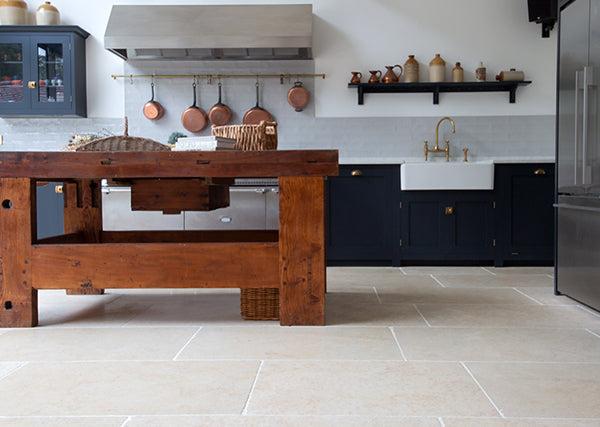PANDA WHITE PORCELAIN
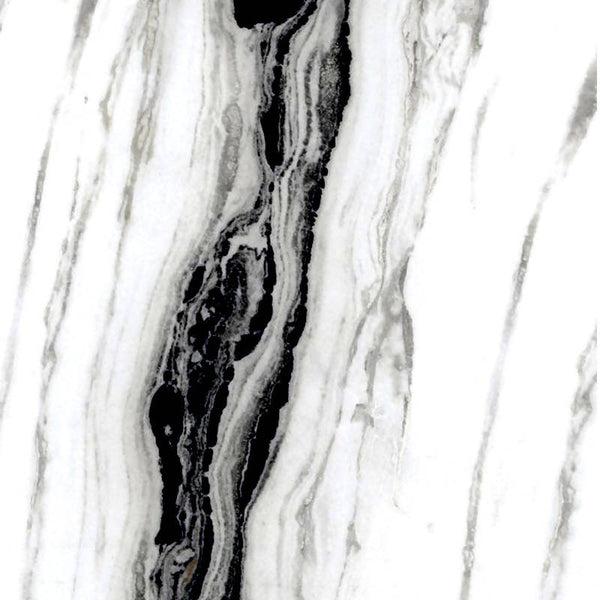
Originally from China, Panda White marble is renowned for its extraordinarily dramatic black veins on a white background that flows effortlessly. Mimicking the same Kitchen marble, stunningly realistic Panda White Porcelain has been created that replicates it almost perfectly, making it the most outstanding black and white tiles ever.
Both your wall and floor applications will look super clean and seamless, thanks to the perfectly cut porcelain tiles. With veining and marble detail, this innovative marble effect stone is perfect for high-end, chic home interior design schemes as well as commercial projects. It comes at a fraction of the price and maintenance of real marble. 12 mm porcelain slabs can be used for floor and wall installations. For stone kitchen worktops, the recommended thickness is 20 mm.
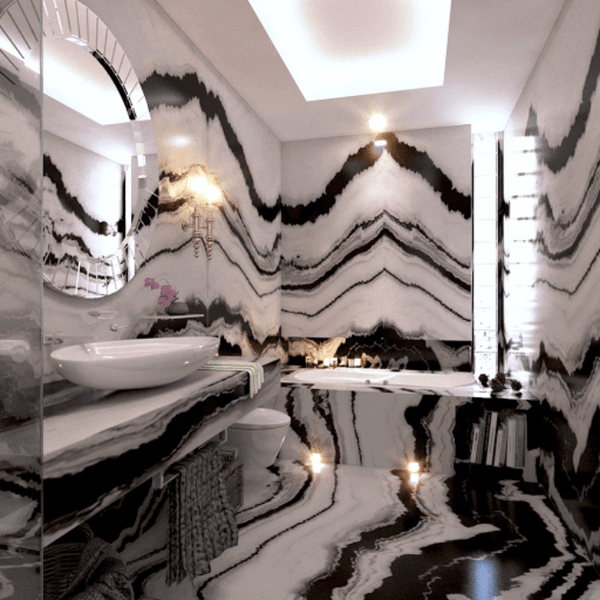

Get the idea of your kitchen cost
We will help you to bulid your dream kitchen with best budget
Get My Cost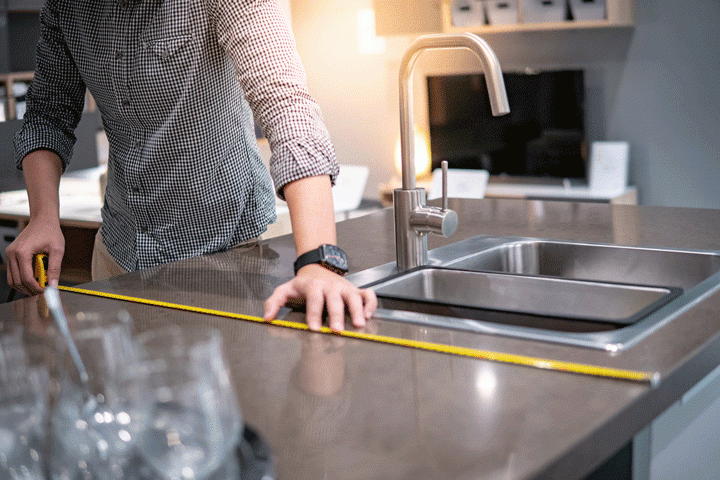
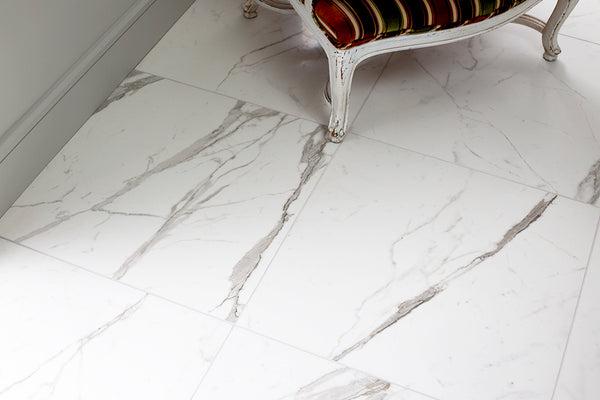
Composition of Porcelain
Porcelain is made up of china clay also known as kaolinite, feldspar, metal oxides, and silica. All the substances are homogenized under extreme conditions to produce this material. The material is strong and resistant to chips, scratches, stains, and heat.
History of Porcelain used in Ancient times :
Porcelain originated during the Tang dynasty in China but the high-quality porcelain used in modern wares was not developed until the yuan dynasty. The Chinese porcelain floor tile consisted of kaolin and pegmatite, a coarse type of granite. European potters were unaware of porcelain until the import of Chinese wares during the middle ages. Though European potters tried to duplicate the material, the effort was in vain.
During the experimental trials, they created what is known as artificial porcelain by missing clay and ground glass. Efforts continued to develop true porcelain in the year 1707. Two Germans named Ehrenfried Walter von Tschirnhaus and Johann Friedrich Böttger succeeded in finding the true porcelain composition. They used to merge the clay with ground feldspar instead of the ground glass used earlier. This development has inspired people to find more applications of porcelain kitchens and one such application is stunning worktops.
Care for your Porcelain Tile Kitchen countertop
Cleaning the surface of a porcelain countertop is needed every day. There are some significant cleaning tips that can be practiced for porcelain countertops. Use pH-neutral liquid soaps or detergents to sanitize its surface. This practice will definitely promote the hygienic condition of porcelain slabs. Avoid harsh chemical detergents or formulas and use non-abrasive wipers or cloth in order to avoid scratch marks and loss of the lustrous polish.
Initially soak the cloth in a soap solution and wipe it thoroughly and rinse off the surface with water. Wipe it again and the counter gets clean with the dry microfiber cloth. Avoid moisture to ensure there are no dried watermarks on the surface. Hot water for cleaning and wiping cloth would suffice for the spills on the countertop. Though they possess resistance to citric liquids, it is highly recommended not to spill any of the surfaces of the stone.
